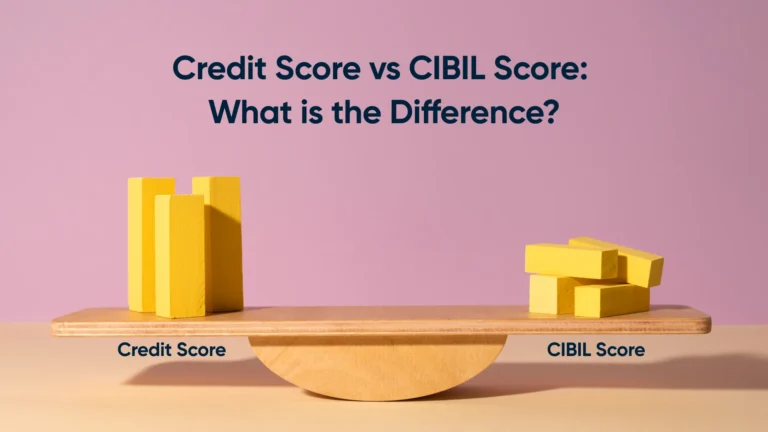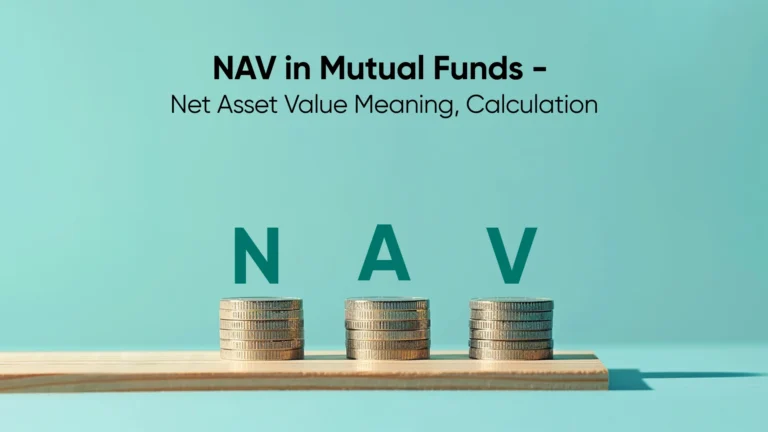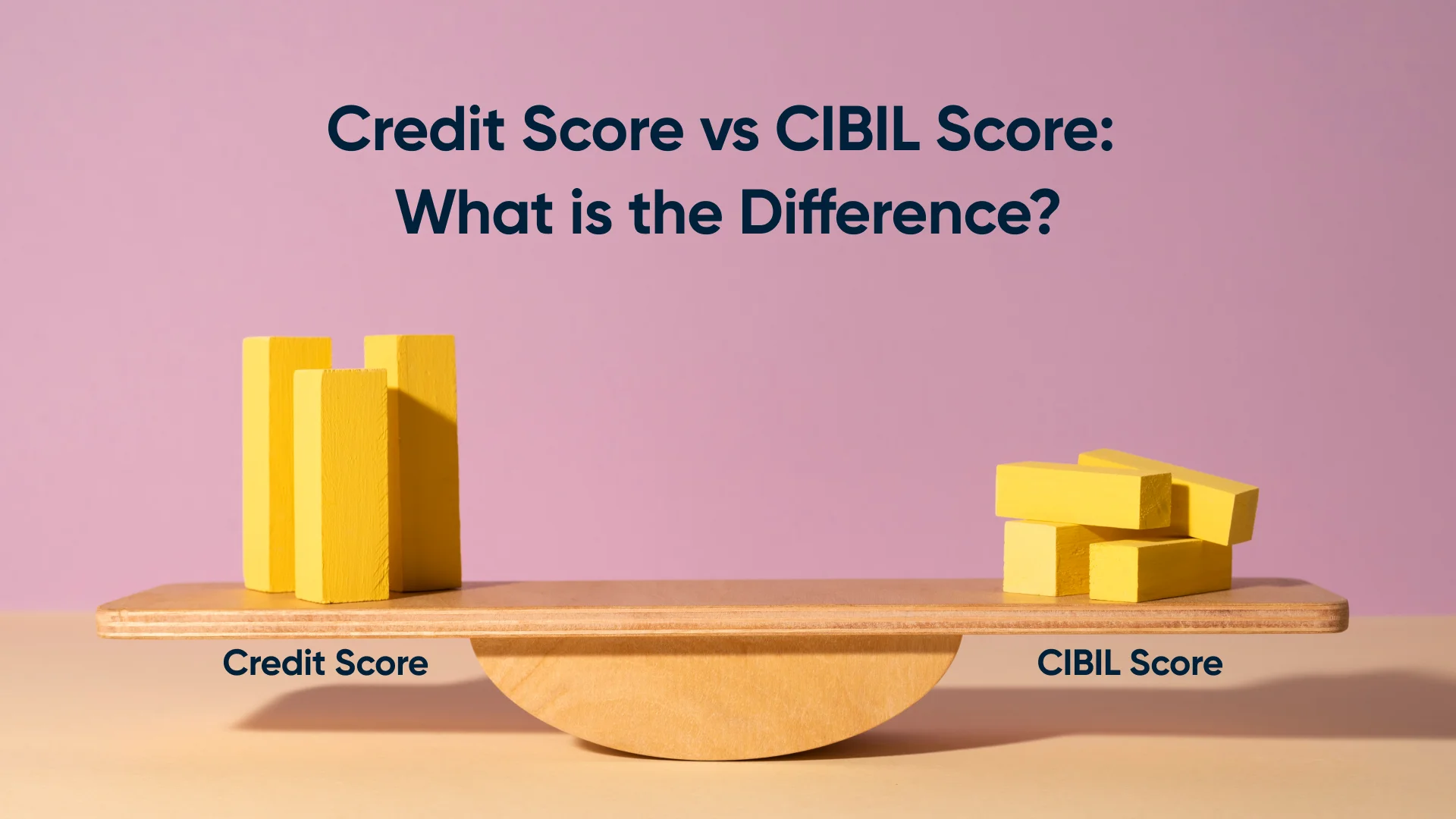Diwali Shopping Made Easy: Why Personal Loans Are the Smart Choice These are the times when you don’t want to miss out on offers that you’ve been eyeing for since long. This festive season of Diwali is a perfect time to bring joy, celebration, and the excitement of shopping for gifts, clothes, home décor and more. Well, this might sound easy but managing all these expenses can be overwhelming. Here’s how you can take a personal loan. Personal loans are the easiest way to get funds if you want to shop stress-free and make the most out of this festive season without burdening your savings. Why Personal Loans Are the Best Choice for Diwali Purchases? Personal Loans can be a perfect option for Deepavali online shopping and offers. A personal loan can be used for various purposes. It is a versatile and easiest way to get funds. Here’s why it can be the best choice for Diwali shopping online: Festive Season: Diwali season is here, and many companies will offer discounts and offers on their products. During this festive season, you may not want to miss out on this opportunity to get your favorite items at the best deals. Hence, a personal loan is the quickest option to cover all these grand expenses and shopping, whether it’s home renovation or buying gifts. Collateral-Free Loans: Unlike gold loans or mortgages, personal loans do not require you to pledge assets. This makes it easy for you to get instant access to funds in your account without many formalities. Instant access to funds: Personal loans are easy to apply, and it takes very little time to access funds that you wish for. When you have funds instantly in your account, you won’t be missing any Deepavali online shopping and will enjoy diwali loan offers at affordable rates. Flexible Repayment Options: You can choose a tenure that fits your budget. You can enjoy the festival without having to worry about instant repayment. Competitive Interest Rates: During the festive season, many companies offer discounts and offers on personal loans. These offers on personal loan shopping will help you get the best deal which will be affordable and manageable. Why Use Personal Loans to Make Big Purchases This Diwali? A big purchase may demand a lot of funds. Big purchases may not necessarily include buying expensive items or gifts, it can also mean making a big change to your lifestyle like renovating your house. Here are a few reasons why you should shop personal loans to make big purchases this Diwali: Upgrade your lifestyle: Festivals are the perfect time to explore the best deals such as home appliances, electronics, or even new vehicles. You can also consider upgrading your living space, travel, etc. For everything, you may need a bigger amount with you. Personal loans shopping are the best option to get a higher amount as a loan instantly without any complications. Avoid using credit cards: Comparatively, personal loans offer lower interest rates compared to credit cards which may help you cover large expenses better. Here you can avoid using credit cards with higher interest rates which is a good option to manage your expenses and EMIs better. Consolidating festive expenses: You don’t have to handle multiple credit bills. You can handle all of your purchases under one manageable loan. Shop stress-free: Enjoy the festive season without worrying about liquidity issues. Also Read: 10 Things to Buy This Diwali 2024 with a Personal Loan Factors to Consider Before Taking a Personal Loan This Diwali There are a few factors to consider before taking a personal loan this Diwali: Interest Rates: Before taking any personal loan, consider interest rates that will help you get the best deal. EMI affordability: Always check for the EMI amount, if it is affordable for you, and choose a tenure that suits your budget. You can use Zype’s EMI calculator to check the affordability. Understand Fees & Charges: Always check for hidden fees or any charges that are associated with the loan amount. Be aware of prepayment penalties or personal loan processing fees. Make sure you’ve read the fine print before choosing a personal loan. Loan tenure: Choose a loan period that aligns with your budget and repayment capacity. How Personal Loans Help You Manage Diwali Expenses Efficiently Personal Loans helps you manage Diwali expenses efficiently by: Track your spending: With a fixed loan amount, it’s easier to control your spending and track your expenses. You can maintain your budget accordingly. Emergency Funds: Diwali needs to be grand, and you may come across festive expenses anytime. Reserve your savings for emergencies while covering festive expenses with a loan. Planned Repayment: Repay the loan through EMIs without disrupting your monthly budget. Discounts/Offers: Many lenders offer cashback and festive discounts on personal loans. Tips for Getting the Best Personal Loan for Diwali Here are a few tips before getting a personal loan for Diwali: Apply Early: Avoid applying last minute by applying for loans before Diwali. Offers/Discounts: You can look for offers and look for banks that provide lower interest rates during festive seasons for customers. Choose the right lender: Compare all the offers from different lenders and choose the best deal on interest rates and processing fees. Check your credit score: Always review your credit score and try to maintain an above 700+ score to get the loan offers on favorable terms. A high score can get you better loan terms. Also Read: Why You Should Consider an Instant Personal Loan for Diwali 2024 Celebrations? How Can I Apply for a Personal Loan for Diwali Purchases? There are very few steps if you are applying for a personal loan. For example, you can apply for an instant loan on Zype in just a few steps: Click on the ‘Apply Now’ to start your application process or download the Zype app from PlayStore/AppStore. Fill out some basic details like your name, email address, PAN, employment details, etc. to complete your application. If you’re




















